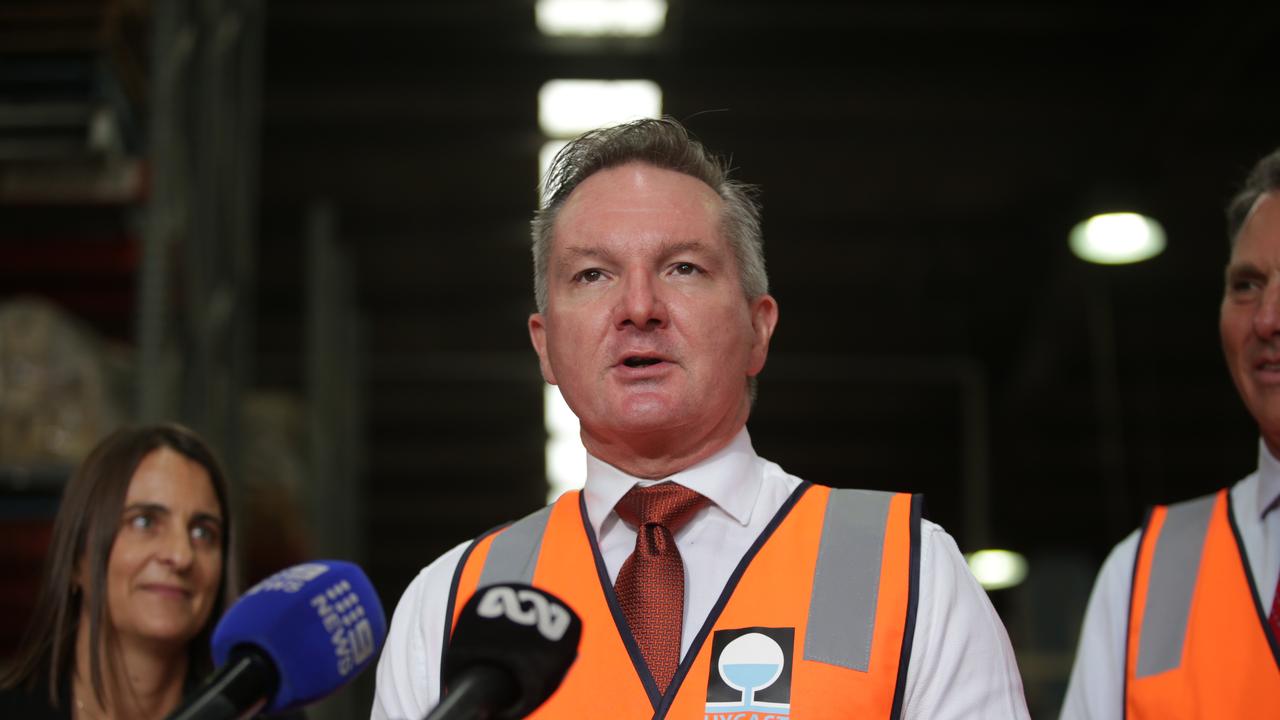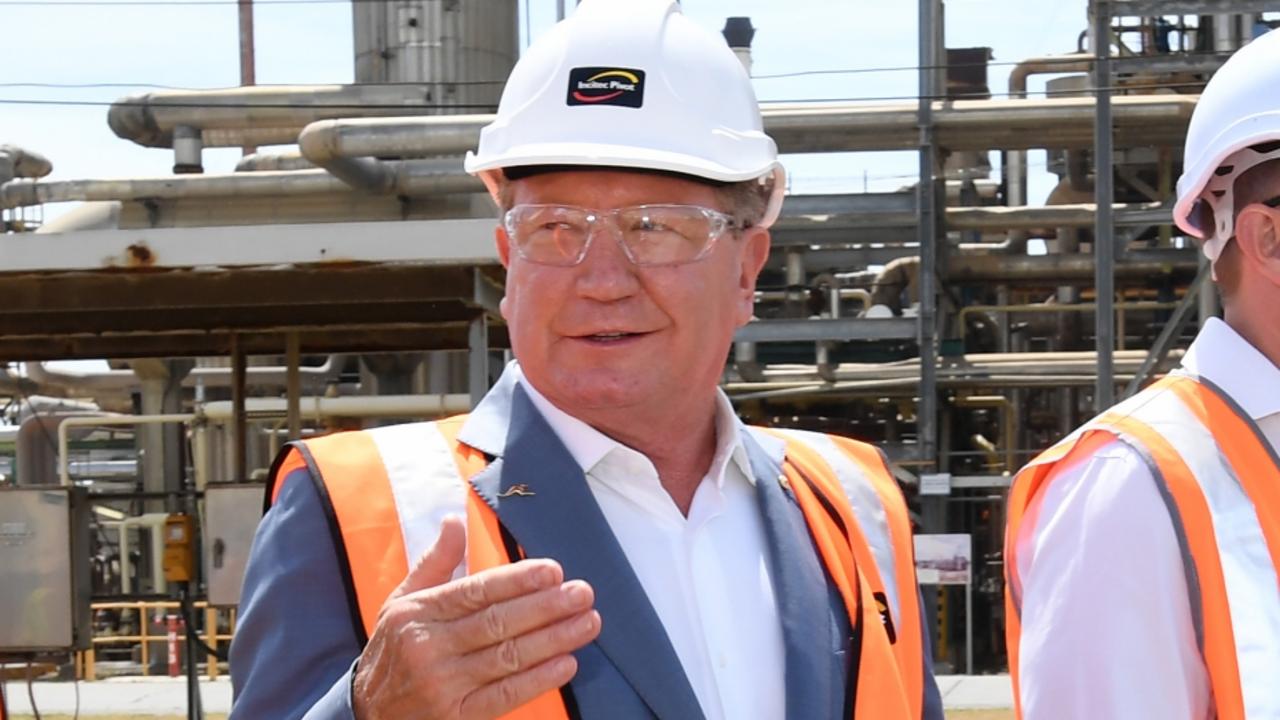Safeguard mechanism sends price of carbon credits to multi-month high
The introduction of the safeguard mechanism has increased demand for carbon credits and prices have hit a six-month high.

The introduction of Labor’s centrepiece emission reduction scheme has driven the price of Australian carbon credits to a six-month high, as heavy emitters snap up abatement credits to meet their new requirements.
Labor last year secured sufficient support to pass into law its beefed-up safeguard mechanism, the centrepiece of its plan to reduce emissions by 43 per cent by 2030 and reach net-zero emissions by 2050.
The strengthened safeguard mechanism – a scheme first introduced under the Coalition – requires Australia’s 215 largest polluters to cut their annual emissions by about 5 per cent every year, which they are initially achieving through the use of carbon emission credits.
As a result, the price of an Australian Carbon Credit Unit (ACCU) hit a six-month high this week, which RepuTex executive director Hugh Grossman said was driven by corporate positioning.
“The market began to heat up over November and December, with broker traded volumes reaching a 10-month high behind an uptick in compliance buying,” Mr Grossman said.
The safeguard mechanism scheme only allows the 215 corporates to use ACCUs rather than foreign credits, which have been widely condemned.
The design is supposed to incentivise Australia’s largest emitters to invest in technology to lower emissions, which will likely drive up the price of the contracts, Mr Grossman said. RepuTex expects growing demand to meet compliance requirements in the immediate future.
While the use of ACCUs will be welcomed by some as a boost to Australia’s climate ambitions, the use of abatement credits rather than emission reductions will stoke criticism from opponents to the scheme, notably the Greens, who argue corporates must be required to reduce carbon dioxide output rather than purchasing credits.
Federal Energy Minister Chris Bowen insists the mechanism will incentivise investments in technology that curtail carbon dioxide output.
The incentive to invest will be elevated should the price of ACCUs grow substantially, analysts said.
Still, the credits remain controversial. In 2023, an independent review into the carbon credits rejected suggestions the instruments are fundamentally flawed after a campaign from prominent figures who said the credits were being produced when no carbon was being abated.
The review said one issue was a lack of transparency, and Labor is pushing for greater transparency from Australian companies about how they will meet carbon emissions requirements and ambitions.
Labor has proposed new stringent financial disclosure rules, which would require companies to report their emissions, as well as scope 3 emissions from their customers and suppliers, from the 2024-25 financial year.
Labor hopes to use the reporting requirements to strengthen enforcement against so-called greenwashing – where companies make environmental pledges to pull in customers, then do not meet these commitments in reality.
Australia is joining a global wave of enforcement on the issue, but it is not universally popular among corporate executives. Several industry bodies have pushed back against the proposal, insisting it would have unintended consequences and expose companies to litigation.








To join the conversation, please log in. Don't have an account? Register
Join the conversation, you are commenting as Logout